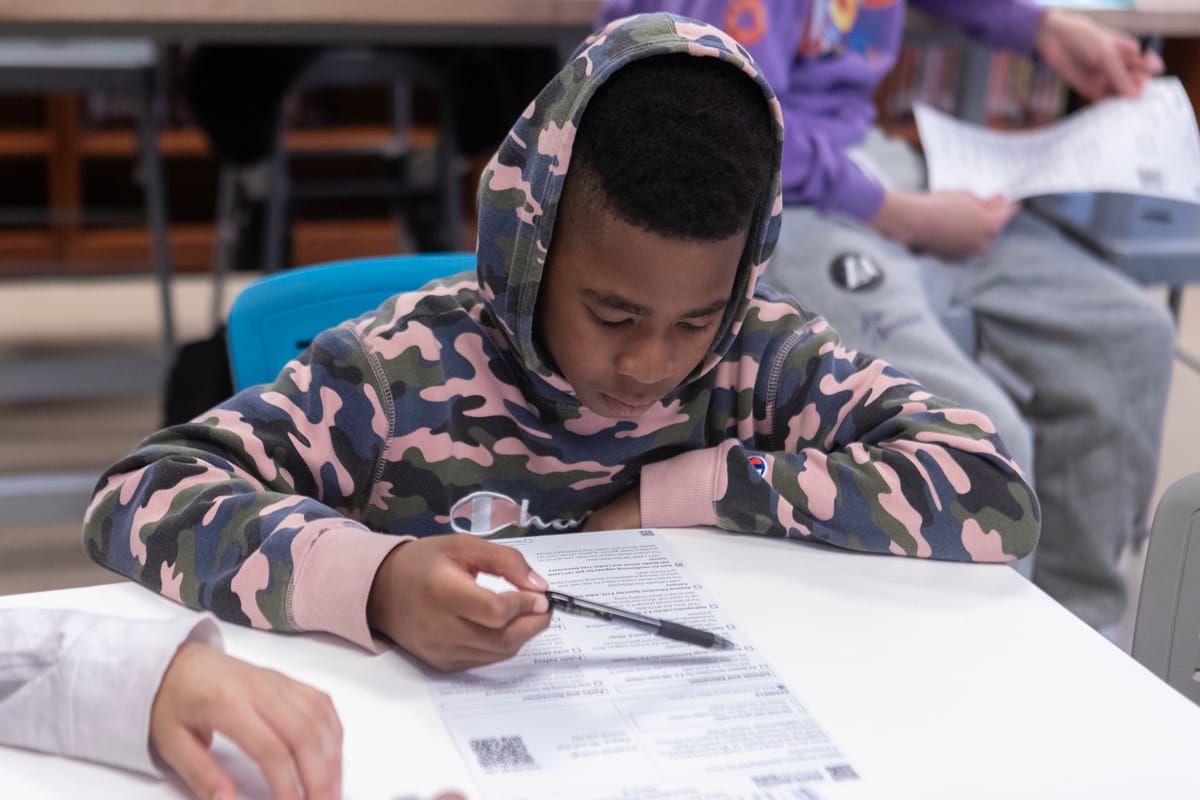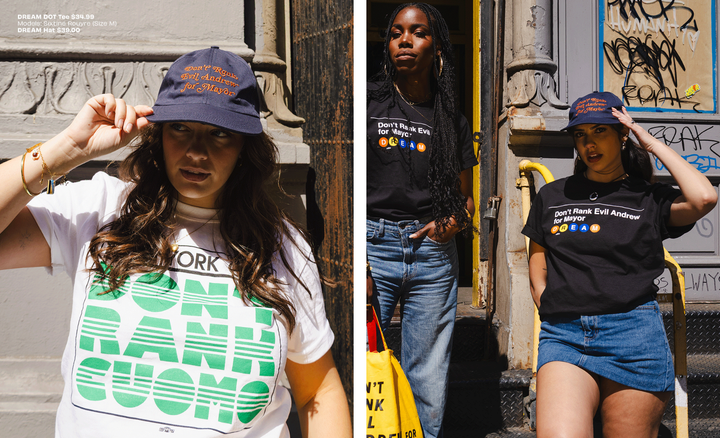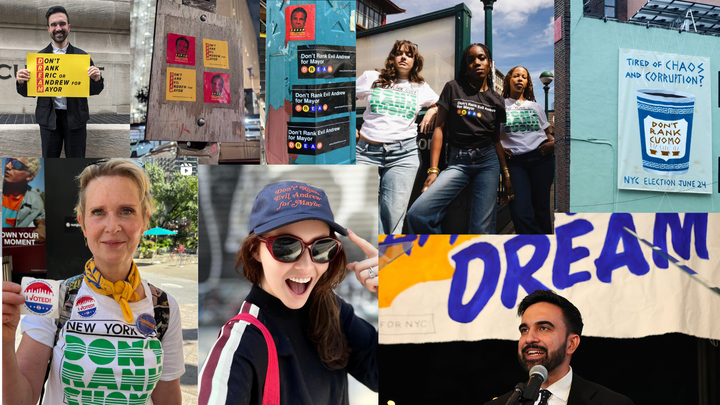Participatory budgeting can’t fix your sewer, but it’s time to vote anyway
This is the week to exert your civic power over how your district is spending (some of) its infrastructure money.

You might have thought that with New York’s tame presidential primary having come and gone, you were done with voting for a little while. Well you’d be wrong, at least if you live in one of these 24 City Council districts, because we’re smack in the middle of voting week on participatory budgeting.
You may remember the concept of participatory budgeting from Tim’s rundown in October, but a lot has happened since then, so if you don’t remember here you go: Every City Council member who chose to participate in the process has $1 million for their constituents to spend on infrastructure projects that cost at least $50,000 and last at least five years, all of it apportioned out in a democratic process. Starting from a blank canvas, ideas were winnowed down and sharpened by neighborhood delegates into actual ballot proposals that were put in front of you this week.
The ideas on the ballot reflect (or at least should reflect), what a particular City Council district deems important yet underfunded. In Council Member Julie Won’s district in northwest Queens, people are considering things like more street trees around the district, bathroom renovations at a school and a divider to give a school a gym and an auditorium. In the West Bronx, Pierina Sanchez’s constituents can choose among a few different security cameras (school or subway edition), multimedia equipment for schools and beautified parks. In Gale Brewer's slice of Manhattan they’re picking things like pedestrian plaza money, hydration stations and school upgrades, and in Shahana Hanif’s district in brownstone Brooklyn her constituents can vote for both dance and worker cooperative classes or maybe a “new vision” for a local library.
People in Staten Island can’t pick anything because none of The Rock’s three Council members chose to participate in the program.
Okay how do I pick where the money goes?
If you want to get in on the action, voting is open through Sunday, April 14, and you can either vote in person or online. To vote in person, check your Council member’s City Council page, or their Twitter or Instagram account. None of them are shy about telling you where you can cast your ballot.
To vote online, go here and select your Council member. Swear an oath that you live in, or “have a special connection to” a district in question (a special connection in this case could mean you go to school or work there. No word on what it means if your situationship brings you there with some frequency). You also have to promise to only vote one time, and that you’re at least 11 years old or at least in sixth grade. You’ll need to give your phone number in order to get a verification code that allows you to vote, but if you don’t have a phone or just do not want to give it to the City Council for some reason, you have to email pbnyc@council.nyc.gov with your name, your address and your district and they’ll help you out.
Then you vote. Keep in mind that when you as an individual are voting, you’re not limited to a budget as if you’re in some kind of fantasy baseball auction draft. You can pick up to five projects to vote for, so don’t worry if you vote for a bike lane that costs half a million dollars, your specific ballot doesn't run over budget if you want to vote for some badly-needed hospital equipment that’s also on the ballot.
What if I hate this, or at least am made uncomfortable by the fact that I have to essentially choose what is and is not funded?
Okay, so you read my last sentence up there and thought “Really, we’re directing money towards either a bike lane or infusion chairs for chemo patients?” and yes, I can see how you might think it’s all a bit Hunger Games or Shirley Jackson’s The Lottery. Some of you out there can probably even add, and have come to the conclusion that all of the projects in front of you cost less than $3 million total, and that multiplying that by 24 gets you just $72 million.
Every year participatory budgeting makes me die a little inside. In my district, we're pitting functional school systems against a paved street, playgrounds and retaining wall repairs. All of these would cost a total of $2.8M, and we have to vote to eliminate some. Awful. pic.twitter.com/iugOFBRfCy
— Second Ave. Sagas (@2AvSagas) April 9, 2024
Well, what can I tell you? This is one of the wealthiest cities in the history of civilization, but if you tax Ronald Lauder’s assets too much he will pour so much money into local politics it acts as a kind of reality-warping ray that almost puts Lee Zeldin into the governor’s office.
As Tim went over last year, there’s an extremely frustrating element to participatory budgeting in that it can’t necessarily fix the pressing yet ignored or unfixed problems gripping a neighborhood, like sewer backups into your house when it rains. It’s only a million dollars and that kind of money doesn’t go as far as you might think. You might even feel that you aren’t alienated from the political process and have a pretty firm handle on how to be the squeaky wheel that gets some grease.
I get it, I do. There’s a lot to be done and a government that seems not very interested in doing more than surface level fixes. I roll my eyes at honesty and vulnerability and at Cody Rhodes actually finishing the story. But this is still democracy, it’s still our money and come on, some of the people who are voting on this stuff are literally children.
Shahana Hanif even said she got her start in politics volunteering in participatory budgeting in her district, so clearly the whole process can inspire people. And hey, maybe some 14-year-old voting this week will grow up to be the one who says “Fuck it we’re spending all $72 million on this stuff, and you’re all listening to me because I run this drowned wasteland.”




Comments ()